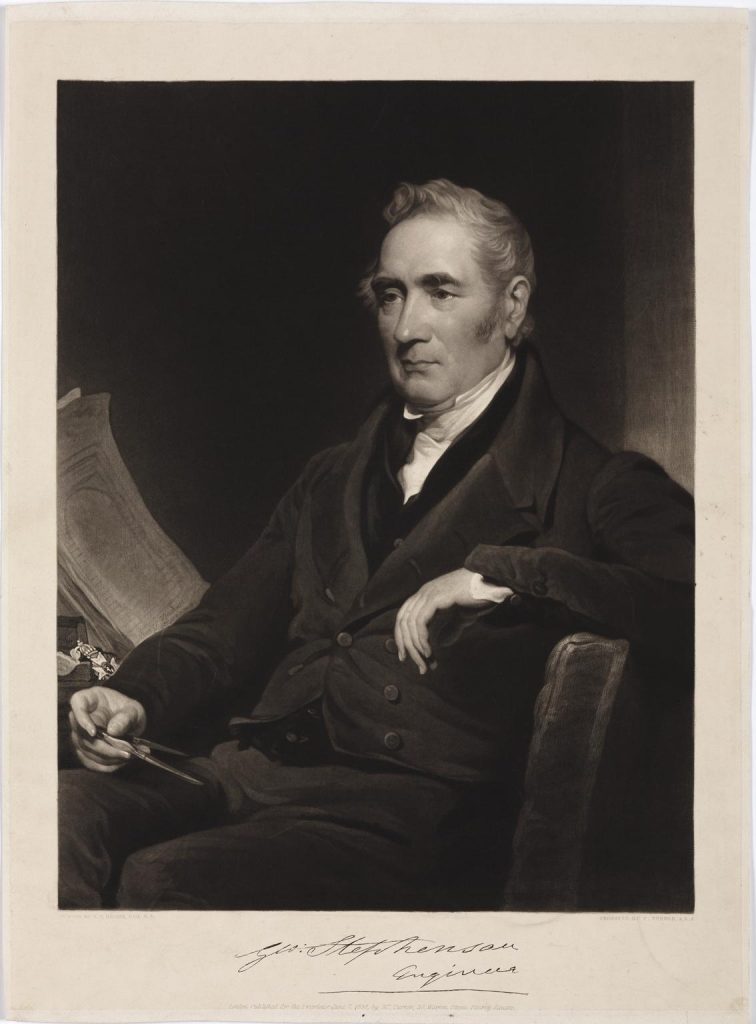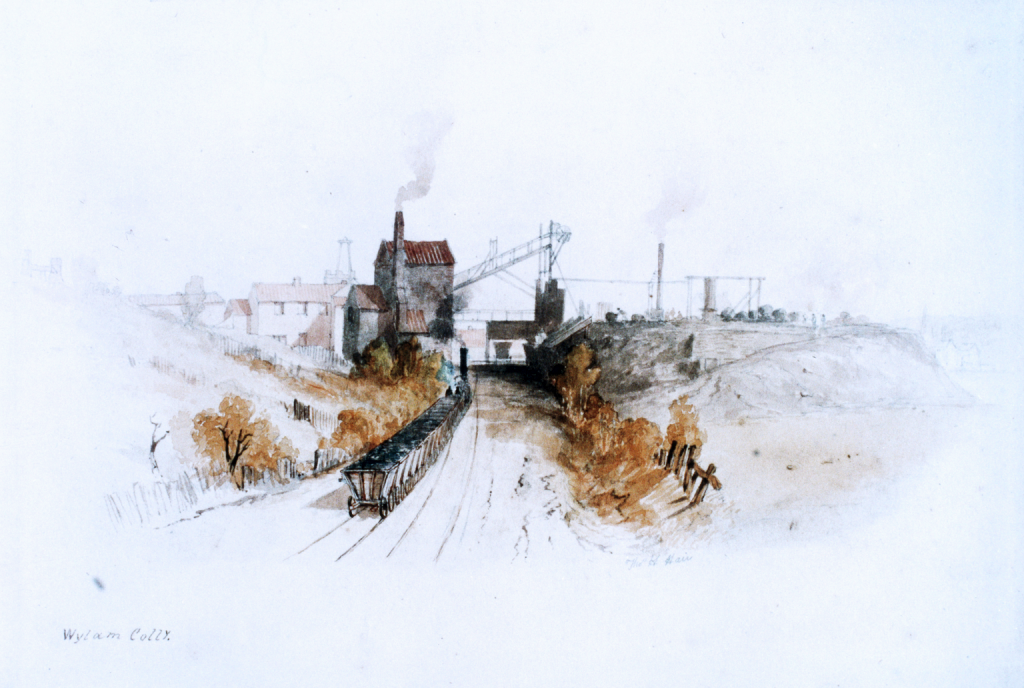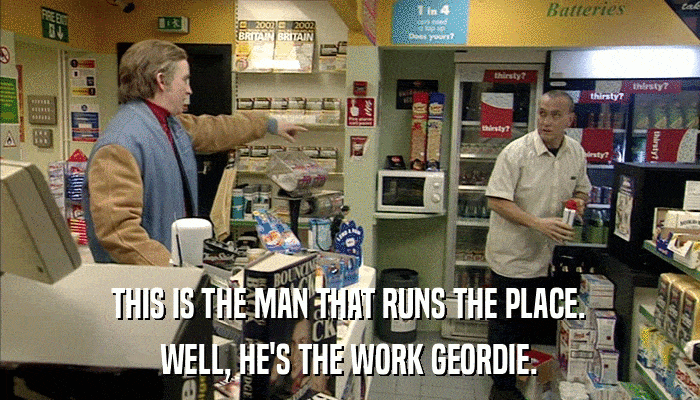Please note: Stephenson’s Rocket is no longer on display at the Science and Industry Museum. To find out what exhibitions and activities are open today, visit our What’s On section.
From colliery coal pickers to engineering emperors
George Stephenson had come from humble beginnings to make a name for himself, firstly as chief engineer on the Stockton and Darlington Railway, and then as the chief engineer for the Liverpool and Manchester Railway.
Robert also enjoyed great success as an engineer, eventually becoming President of the Institute of Civil Engineers and a Knight of the Order of Leopold.
In this two-part blog post, we go behind their impressive CVs and discover the people behind the powerhouse.

George—A natural engineer
George Stephenson was born in Wylam, Northumberland in 1781. One of six children, money was short in the Stephenson household and from a young age, George was sent out to work.
His first job was herding cows for a local farmer, which left him time to enjoy his two favourite pursuits—nature and engine building. Along with his playmate Bill Thirlwall, the young George set about building clay engines using materials from the local bog.
Although the engines didn’t produce steam, George’s attention to detail extended to using hemlock for imaginary steam pipes and creating a miniature winding machine that was connected to the engine. The winding machine had hollowed out corks that were used for baskets, and the rope was made from twine.
Bill and George demonstrated this machine to the local pitmen, and although a local ruffian smashed up the machinery shortly after, it was a clear indication of George’s natural affinity for engineering.
Working 9 to 5
George started working in the local colliery, first as a picker to clear the coal of stones and bats(!) and then as a gin driver. Gin drivers were boys employed to drive the horses in the gin or engine that was used to raise coals from pits of moderate depth.

He soon moved to become a fireman at a pit called Mid Mill Winnin, where he worked 12-hour shifts for a shilling a day. When this pit closed, George moved to a local pumping engine where he received a pay rise and triumphantly exclaimed to his workmates…
“I am now a made man for life!”
George continued to rise through the ranks and became an engine man aged 17. Ever the one for self-improvement, he used his pay rise to pay for lessons in reading, writing and arithmetic.
Once he learnt to read, his experimentation strayed into other areas. On reading about the Egyptian method of hatching birds’ eggs by means of artificial heat, he decided to test it by experiment. He went bird-nesting, gathered a collection of eggs and put them in a warm, safe place.
Whilst we’re not advocating raiding bird’s nests for eggs (it’s both illegal and morally incorrect, people) and the actual experiment failed, it demonstrates Stephenson’s enquiring mind.
On 28 November 1802, George married Fanny Henderson. Described as a ‘comely woman with the sweetest of tempers,’ George had, by all accounts, had a bit of a crush on Fanny before they got married and when the chance came to mend her shoes, he took great care over the job. He was so pleased with himself that he carried them around for the rest of the afternoon before giving them back to Fanny, who exclaimed what a ‘capital job he had made out of them!’
Whether it was his mad cobbling skills, his new job as an engine man at Willington Blast Hill or his enquiring mind, Fanny accepted George’s hand in marriage and they set up home in a small cottage in Willington Quay.

George was still earning a bit of extra money by mending shoes, but it was a house fire shortly after they moved in together that had the unexpected effect of boosting George’s income. A chimney fire at the Stephenson house had caused smoke and steam damage to the eight-day wall clock, one of their most prized possessions. George was advised to send it to the clock maker for repair but being short on money, he painstakingly cleaned and repaired the clock by himself.
Shortly after, the neighbours started to send their clocks to him for cleaning and he soon became an expert clock cleaner. Again, this is another example of his commitment to self-improvement and his ability to learn quickly and apply his knowledge.
Robert’s arrival
On 16 October 1803, George’s only son Robert was born. Robert had no surviving siblings, only a sister named Frances who was born in 1805 and died three weeks later. His mother died in 1806 meaning that for the majority of his life, it was just Robert and George.
George needed to make money to support his son, so he took a job in Scotland and left Robert in the care of his housekeeper. When George returned, Robert was sent to live with his Aunt Nelly (George’s sister Eleanor).
Nelly had been working in London and had been engaged to be married. However, when her ship back up north had been delayed, she returned three weeks later to find that her fiancée had married someone else. What a rotter! Although, once the family had amassed a considerable fortune you can’t help but wonder if the other guy was kicking himself for ditching her so quickly. Serves him right!
George took a number of jobs around the area and in 1811, went to work at High Pit in Killingworth. The pumping engine wasn’t working very well so he set about improving it, to great success. Another promotion followed for George and he became colliery enginewright, responsible for maintaining and repairing all of the colliery engines. This job was perfect for him as he was able to use of the knowledge he’d gathered in his previous roles.
Why aye, pet
Think of a North East accent and you’ll think friendly, fun and reassuring. The Geordie accent consistently tops opinion polls as the UK’s favourite accent, but in Stephenson’s time a thick North East accent was looked down on.

George was determined that Robert would have more opportunities in life at an earlier age than he’d had, and that he wouldn’t be discriminated against for being from a working class family.
“In the earlier period of my career, when Robert was a little boy, I saw how deficient I was in education, and I made up my mind that he should not labour under the same defect, but that I would put him to a good school, and give him a liberal training. I was, however, a poor man, and how do you think I managed? I betook myself to mending my neighbours’ clocks and watches at nights, after my daily labour was done, and thus I procured the means of educating my son.”
– George Stephenson
In 1815, he sent Robert to the Percey Street Academy, where he was prepared for life in trade and business, learning to speak with a Received Pronunciation accent. It was this accent that ensured Robert was accepted in polite society in a way that his father never had been.
Robert was a delicate child, and, ever the worrier, George didn’t want Robert walking the 10-mile round trip to school and back. So he bought Robert a donkey to ride to school on! Every day, Robert would saddle up and head into Newcastle on his donkey and in the evenings, he and George would read scientific books that Robert had borrowed from the school library.
Danger! Danger! High voltage!
Much like his Dad, Robert enjoyed experimenting from an early age and putting his scientific ideas into practice. After reading about Benjamin Franklin’s experiments with kites in a thunderstorm, Robert decided to do it himself, Stephenson style (again, don’t try this at home kids).
He saved up his money and bough half a mile of copper wire which he attached to his kite and, insulating it with silk cord, flew the kite over the backs of his neighbour Farmer Wigham’s cows. By all accounts, the cows were racing around the field with their tails in the air whilst Robert was no doubt super pleased with himself. He also ‘experimented’ in this way with George’s pony and, when caught by his Dad, Robert legged it up the road. All in the name of science, of course.
From the Percey Street Academy, Robert attended Edinburgh University where he attended lectures in Chemistry, Natural Philosophy and Natural History. He had a keen interest in Geology, and a trip to the Highlands with his fellow students was a stand-out occasion for him.
Indeed, not long before his death, he spoke in glowing terms of the trip: ‘I have travelled far, and enjoyed much, but that delightful botanical and geological tour I shall never forget.’
Let me see you move like you come from Colombia…
Like so many that went before and after him, Robert went travelling after studying at Edinburgh College. However, unlike most ‘gap yah’ students, Robert chose not to find himself on a beach in India, instead preferring to head to Colombia for three years. Three years!
The Colombian Mining Association of London offered Robert a job in Mariquita, overseeing their mining operations. Robert was keen to go but George was worried about Robert’s delicate health. After getting the all clear from eminent Newcastle physician Dr Headlam, Robert sailed to South America, landing in Venezuela on 23 July before heading inland to Caracas.
Due to the perilous state of the interior roads, he wasn’t able to travel to Colombia straight away and had to wait until October to travel. Apparently, he made occasional excursions in the neighbourhood to check out other mining businesses, but apart from that we can only assume he was enjoying a bit of free time before starting his new job.
By all accounts, Robert loved his time in South America. Everything was new and exciting to him and a world away from the grey, damp Newcastle skies (no offence to our Geordie pals, we’re not claiming Manchester has better weather). In particular, he was most taken with the clothes he had to wear, which sound like protype Bear Grylls style clothing:
“My hat was of plaited grass, with a crown nine inches in height, surrounded by a brim of six inches; a white cotton suit; and a ruana of blue and crimson plaid, with a hole in the centre for the head to pass through.
“This cloak is admirably adapted for the purpose, amply covering the rider and mule, and at night answering the purpose of a blanket in the net-hammock, which is made from the fibres of the aloe, and which every traveller carries before him on his mule, and suspends to the trees or in houses, as occasion may require.”
Minecraft
Stephenson had been sent to Colombia to find a decent location for the Mining Association to start operating from, and he set about prospecting, visiting old mines, taking samples and having them analysed. He eventually settled on the old Spanish mines of La Manta and Santa Ana, which had been abandoned and had pretty much returned to nature.
Robert set about opening up the ground, putting up machinery, creating roads and gathering a workforce together. He employed a mix of local chaps and Cornishmen and even went to live amongst them for a bit in order to try and keep control of a somewhat unruly workforce who were fond of a drink (or 10).
After three years, Robert was ready to come home. He wrote to the board of the company to inform them of his decision. They were keen to keep hold of him and wrote to George, suggesting that they would make it ‘worth his while’ if Robert were to stay in Colombia.
Perhaps because he knew that his son was fed up and almost certainly because he needed his expertise back in Newcastle, George declined the offer.
“I feel much gratified, as it is clear that he is as anxious to have me back in England as I am to get there.”
– Robert Stephenson
When Robert returned to England, it became clear why his father was keen to have him home. But you’ll have to wait until Part 2 to find out why…
Very interesting stuff, I think the 17th century railway lines near me are going to be unearthed by peel holdings.